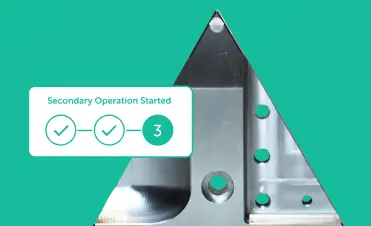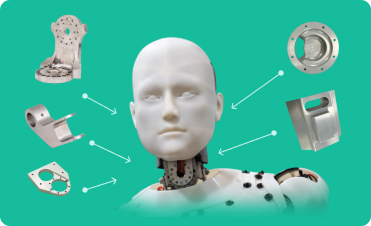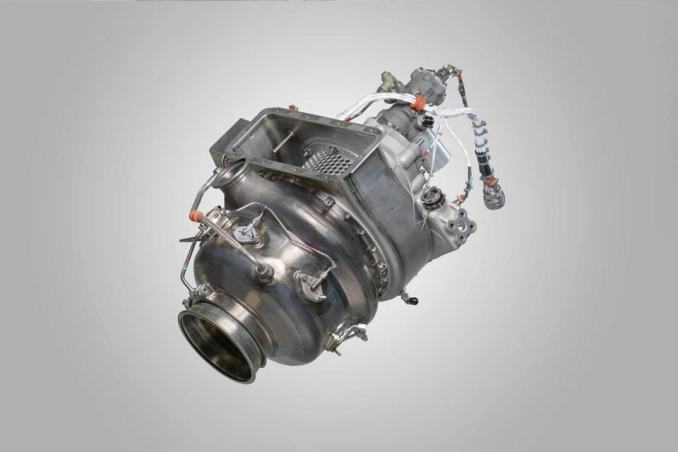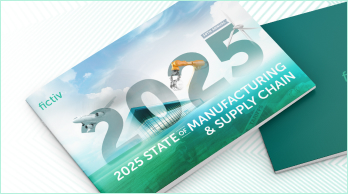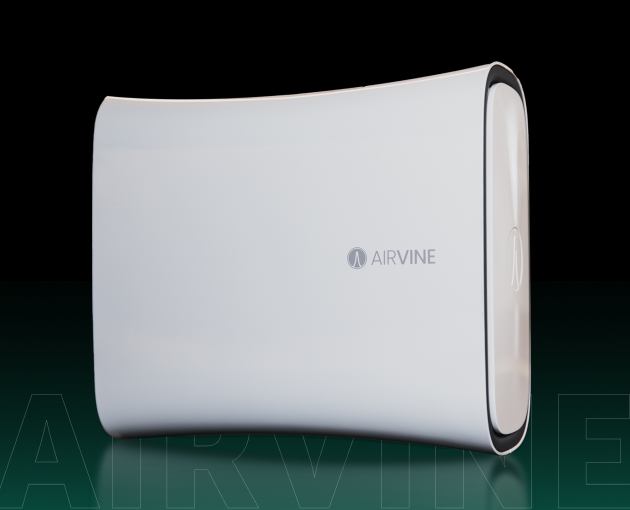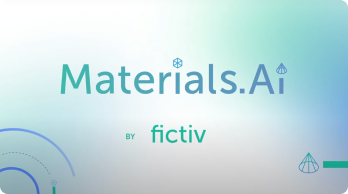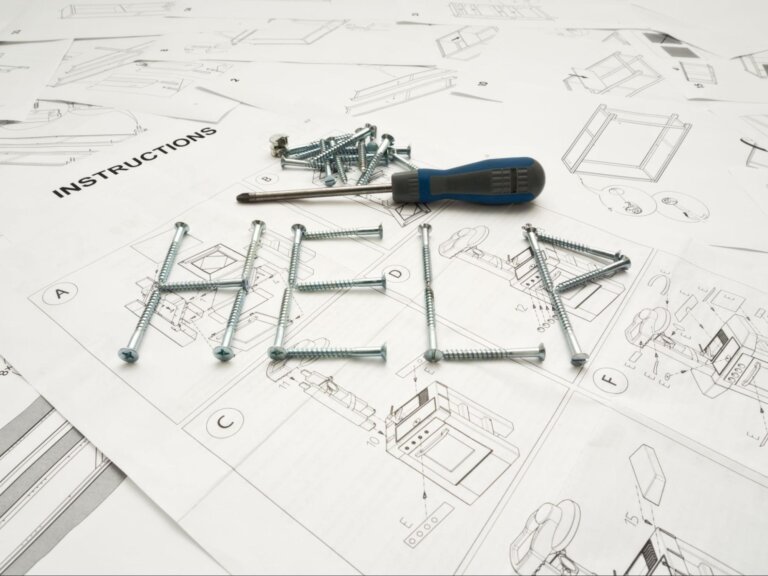In general, heat treatment of a metal is an exposure of a metal to a specified temperature over a specified period of time. The purpose of heat treatment is to modify material properties like strength, ductility, and toughness or to alleviate residual stress built up in the material. Usually, this means increasing the strength and hardness of the metal so that it can stand up to more extreme applications. Fictiv has added hardening, case hardening, and tempering as finishing options..
Hardening
Hardening is used — you guessed it — to make metal harder. A higher hardness means the metal is less likely to dent or be marked when impacted. Hardening of a metal actually improves its resistance to plastic deformation. In the hardening process, the workpiece is heated to a specific temperature above the metal’s critical temperature or the point at which its crystal structure and physical properties change.
Case Hardening
Case hardening, or surface hardening, is a type of hardening that only affects the outer surface of the material. This process is often done after machining to create a durable outer layer. The depth of the penetration of carbon, nitrogen or boron is dependent on the time of exposure and the temperature of exposure. The outer hard layer and inner soft layer allows for improved fatigue and high stress resistance and is especially useful for gears and bearings.
Tempering
Tempering is a special process that is performed on hardened and quenched metals to relieve stress and soften them, similar to the annealing process. The tempering process is re-heating of already hardened metals. Tempering typically occurs at lower temperatures than hardening and results in a phase transformation via precipitation of intermetallic particles that result in strengthening and ductility. Aging is a specific type of tempering for aluminum alloys.
